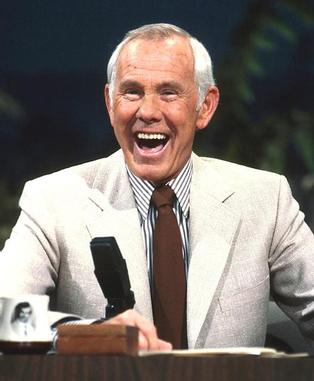
Lowell and the Tonight Show 1968-74
"Strange
Isn't it?? How one man's life touches so many others..."
-Clarence Oddbody
--"It's a Wonderful Life"

I saw the first major changes in my personal life
happen during these years. Back in grade school my folks were
intent on my mastering a musical instrument. The most
economically feasable became a violin in the form of a
hand-me-down from my Aunt Sue. At the time, I'm sure my folks did
NOT want to face the expense of a new instrument and it actually
might have worked had I not noticed drum sticks and a practice
pad languishing unthreateningly in the impromptu basement-library
that my School had machinated as a rehearsal room. So much for my
Parents' hopes. But even in the face of my pounding on one-pound
coffee cans with rulers they must have remained intent about it
because in 1964, I was presented with a snare drum kit for my
13th birthday. Christmas after that brought a bass drum and then
the set filled out over the next handful of years. It was around
then that I found Johnny for the first time. I remembered hearing
that he had taken over Jack Paar's old stand and I had actually
seen Jack's show once or twice in previous years when I was
fudging on my bedtime. I was now, however, being allowed the
privelege of staying up later and happened one night while
"dial-flipping" (remotes were not yet the common
convenience) to turn to NBC where a smokin' big band was kicking
away for a comparative elf of a man who sat a drum set in front
of the bandstand and launched into one of the damndest solos I
had ever seen done on the instrument. I could hear everything
that he was playing but his hands moved at such a speed that it
was nearly impossible to lock on a visual. I was to find out
later that seeing him in person made no difference. Up to this
time, drum solos for me, consisted of a popular Surfari's tune
called "Wipe Out" (basically a rudimentary
single-stroke roll), a teenage wunderkind named Sandy Nelson who
had scored a minor hit with "Let There Be Drums", then
later, an Iron Butterfly tune called
"In-A-Gadda-Da-Vida" and a drummer named Ginger Baker
who ran an extended solo on a song called "Toad", all
in the same rudimenary stroking. This little fella blew all those
guys out the window with the greatest of ease. Johnny called him
over to the couch and I found out his name was Buddy Rich. After
that, I became a regular "Tonight" viewer hoping to see
this little cat again. My vigil opened up into the full span of
Big Name entertainment that Johnny attracted including Sinatra,
Bob Hope, Don Rickles, Johnathan Winters (whom I had also seen on
Paar) and Sammy Davis Jr. causing my myopic view of High School
stuff to pale in dead comparison. I played in a few rock bands at
the time but practiced to Buddy's records whenever possible.
Steve Allen also had a re-incarnation of his old variety show
running on Channel 5 and after successfully sending away for
tickets and literally dragging my Parents along, It was
inevitable that I would eventually make the Pilgrimage to NBC.
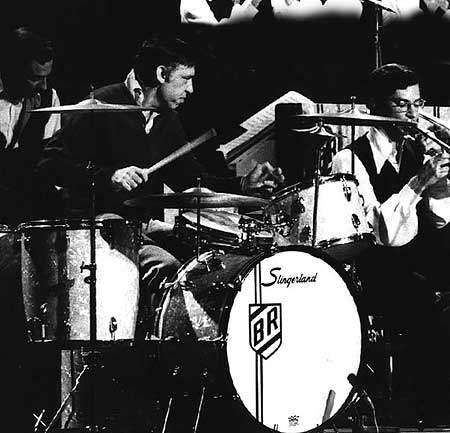
Buddy
The Headquarters of the West Coast Operation including the local Channel Four were housed on about 6 acres of land West of Disney Studios taking up most of the 3000 block of Alameda Avenue. The bulk of the complex during this period was used for set construction and parking while the Studio Space sat at the Northernmost border facing Alameda and was painted top to bottom in the familiar cyan color used so often for video chromakey. Although many programs accomodated audiences, getting tickets for The Tonight Show was a rite of passage all its own. Initially, I couldn't see why one could not go down on the day of taping he desired to attend and secure tickets immediately. I was oblivious to among other things the show's VAST popularity as well as the factor that holds true on all audience programming in L.A., mainly that tickets are FREE. I was more than a little disappointed after driving for about 40 minutes from home to be politely informed that Tonight Tickets were distributed ONLY on Monday Mornings for a given week's taping at the crack of the business day. I was offered the NBC Tour for a $6.00 fee but it was really no consolation. So, I basically had to drive to the Studio the previous Sunday evening in order to get a good chance in a line that was already formidable by the 10 PM Hour. You basically had to do what everyone else was doing and literally camp on the rear porch of the Ticket Office and, of course, people would trickle in all night so, by morning, a line of 50 had more than tripled its size by 6:00 AM. In this highly unusual situation, security on the weekends was either suspended or ignored. I don't think you could do it nowadays.
My Parents again found themselves in my tow. As we sat through the night's taping, no less a personage than Charlton Heston came on unnannounced. This was a frequent occurrence for Johnny and you never knew who or when it would happen. I had noticed also that the Great Louie Bellson was playing in the band that evening and as we got up to go I mentioned to Mom how much I had admired him. Instead of brushing it off, She encouraged me to walk down to stage level and introduce myself. "Won't they throw me out?" I asked. "What've you got to lose?" She said. "There's no one here to do it--no security, so why not??" and as the words "why not" kept ringing in my head, I basically walked to the bandstand like I owned the place as Bellson was packing up for the evening. He never treated it as an intrusion although it must've been obvious that I was just an itinerant fan. As I was telling him what a good time I had, something resembling a psychedelic apparition stepped through the curtain dressed in multi-colored Court Jester regalia including white hose, white face, slippers with curled toes and the familiar three-lobed hat with bright orange curly-qued pipe cleaner hair protruding and tassled with bells, speaking to Bellson like old friends. A soon as I heard his voice I knew it was Charlie Callas- a comedian and drummer, himself who told us that he was shooting an Andy Williams Christmas Special (this was in July) down the hall. About that time, one of the Pages came down from the audience seats to remind me that my Parents were out in the lobby and I left on a cloud. It was a very heady experience. My musical tastes had changed forever. When I heard a tune on the radio one day called "Spinning Wheels", I noticed a full brass accompaniment for the first time on a rock song giving a jazz feel to the mix. To me it was the best of both worlds and I was delighted to discover that my older brother had already found Blood, Sweat and Tears on an 8 track cart which he kept in his car along with other music. From there, I sought out that album and all that came thereafter discovering another drummer sounding of equal complexity and speed to Buddy's named Bobby Colomby.
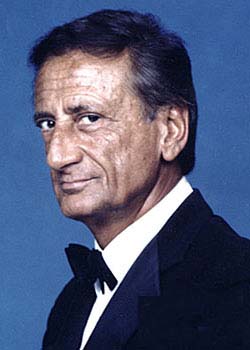
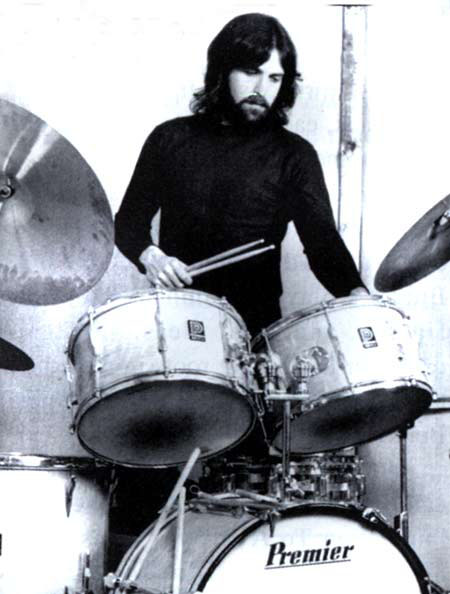
Charlie Callas and Bobby Colomby
When the time came to go to Junior
College, I enrolled in the Broadcast Curriculum at Moorpark.
While in radio class, I felt I might score some extra grade
points if I were able to interview well known celebrities of the
time. My first opportunity came to campus directly in the form of
the Presidential Campaign for George McGovern. Actor Dennis
Weaver had been sent as a Speaker and Spokesperson. Although my
interviewing skills are not the best and I was not at all up on
the issues, I grabbed the studio cassette recorder and caught up
with him as he was talking in the Student Lounge. With the same
grace as Bellson exhibited, he agreed to an interview about the
campaign. As I recall, my questions were more superficial than
probing but it apparently was enough for the desired credit and
also helped land me the Moorpark College Hour which played
through radio station KACY on their public service time. I made
no money for it but got valuable experience putting together an
hour music show which I used to showcase the Big Bands I had come
to love through Johnny's influence. I had amassed a small
collection in particular of Doc Severinsen and decided that a
feature show of his music might be in order. As a highlight in
counterpoint, I decided to try for a second interview.

Doc and the Band on the Studio 1 Set
I thought the best approach when contacting Doc's people would be
the most honest one, so I called NBC direct. "Hello, My name
is Lowell Noel. I'm a Broadcasting Student at Moorpark College
and wondered if I might be able to request an interview with Doc
Severinsen for a Big Band show that I do for my school on Sunday
Radio?" Time and again the Receptionist transferred me to
one person who shuffled me to another and another until I became
fatigued with being on hold. This went on about two days until I
told my Professor what was going on. Dick Studebaker was pretty
savvy in the whole set-up having spent a great deal of his career
working in various technical capacities for ABC before accepting
the Department Chair at Moorpark. In the course of events, Dick
had been able to arrange a first-class Field Trip for the class
to tour KTLA as well as cajolling old friend Marty Pasetta (who
at the time, was directing The Smothers Brothers Comedy Hour at
CBS) to hold a private court with our group. Dick told me that if
I was going to get through I would have to can the Humble Pie
routine and do what I did to see Bellson, just call them like I
owned the place. I had managed to learn that Doc's Manager and
Musical Director was Shelly Cohen so I called again trying not to
miss a beat. "Good Afternoon, NBC" "Shelly Cohen's
office, please?" "One Moment" "Mr.Cohen's
office" "Shelly Cohen, please" "One
moment" "Yeah" "Mr. Cohen? Hi, my name is
Lowell Noel, I have a weekly show on the local radio here in
Ventura County showcasing Jazz and Big Bands. We're running a
Special on Doc's music in the upcoming weeks and I wondered if I
might be able to get him for a short interview?" Silence. My
heart was now firmly in my throat. I was amazed at my own
brashness let alone the fortitude I was trying hard to muster.
All of a sudden he came back on the line "Yeah, I think we
can give you a few moments this Thursday" He went on to tell
me what time and where. I thanked him and hung up. "Holy
crap!" I said to Dick, "That was almost too easy!"
Dick just grinned and handed me the recorder.

Dick Studebaker
The tenure of broadcast Television
was much stronger at this time. As far as anybody knew
"cable" was either a form of fabric stitching or
something that connected an electric tower to its concrete
moorings. Three major networks A.B.C. (KABC Channel 7 in Los
Angeles), C.B.S. (KNXT-later KCBS Channel 2) and N.B.C. (KRCA
later KNBC Channel 4) vied constantly for the favors of A.C.
Nielsen who calcultaed national viewer ratings on daily
programming and who was the chief market research tool for
advertisers to guage product exposure. In particular NBC ruled
daily ratings practically from Morning to Late Night. Shows like
Bonanza, Dean Martin, Today featuring Barbara Walters, Rowan and
Martin's Laugh-In, The NBC Follies starring Sammy Davis Jr.,The
Andy Williams Show (In Summer The Ray Stevens Hour), Walt
Disney's Wonderful World of Color, even the local news on Los
Angeles Channel 4 anchored by a very young Tom Brokaw and
featuring a popular consumer series called "Fight
Back!" with David Horowitz made an impressive line-up.
I arrived at NBC about 1 PM having the thrill of Security seeing
my name on the list and passing me through. This was pretty much
a Holy Grail for me. Following the driveway to the East Side
Artist's Entrance I parked in a "visitor" space and
proceeded to the entrance portal. Just seeing "Artist's
Entrance" emblazoned over the threshhold gave me a pointed
sense of perspective. I was dressed in a gawdawful double
breasted navy sport coat with shirt and tie and probably looked
more obviously out of place than if I had been a quivering
non-descript mass of nerves bound up with bailing wire and
shivering in my own juice in the middle of the floor, but the
Guard ushered me in, anyway. An NBC Tour was going on directly
Westward in the hallway so I gingerly caught up with them as the
Guide was talking. Flanking the hall on the North and South walls
were huge Studio double doors fashioned in warehouse style. A
typical set spanned about 20 to 24 feet wide by 30 feet high and
was sectioned into smaller door openings with huge logos on each
depicting the show producing within. I later learned these were
for Backstage Loading comprising the outermost studio boundary.
While the Guide was talking, a man with dark hair, dark eyes and
boyish good looks about Five Feet Seven-ish came walking by in
the opposite direction on his way home after a busy day. Wearing
a familiar beige suit, David Horowitz stopped for a moment with
the Guide's intro and joked about the Tour's
"Money-Back" Guarantee which got us laughing. As we
moved to the Studio 1 doors where "Tonight" was taped a
golf cart came quietly rolling up behind us driven by a wiezened
older man with casual sweater and a Grandfatherly face whom the
Guide introduced as Tonight's Executive Producer Fred De Cordova.
When Johnny founded his own Carson Productions and acquired the
"Tonight" property from Raritan Entrprises, former Exec
Producer Rodolfo Tellez had decided to move on. De Cordova
brought with him an extensive history of feature film and
Television Production that went back some 30 years prior. He was
ultimately tapped to play Jerry Lewis's Producer in Scorsese's
"The King of Comedy" with Robert De Niro. Johnny was
Scorsese's initial choice to play the talk-show host but opted
out for scheduling conflicts. When De Cordova and the Tour went
about business I moved toward a small 7 by 5 foot portal which
looked as unassuming and shabby (comparatively) as a hole in a
backstage flat with exposed lumber struts and velvet curtains
filling the door space, just right of its much larger
"brothers". As I stepped through the curtains, a huge
clock and that famous couch and desk were immediately to my left
and opening out before me, in silent majesty was the magic play
space.
I remember Studio 1 being very daunting from the performer's
standpoint. Proscenium Curtain to backstage doors only had barely
15 feet deep in space and about 20 wing to wing. Very adept set
dressers skilled at decorating for the 2D TV Camera kept most
stage settings either filled with back-lit psych, very dark or
populated with reflective paneling carefully arranged to suggest
greater depth. Johnny's mark (a silver star decal about 8 inches
in square area) was easily almost as far away in front of the
curtain and centered in a more or less barren floor of large
black polymer tile stretching almost 15 yards left to right and
polished to a high gloss to facilitate easier movement of audio
and video dollies and then an additional 12 feet to Camera One
directly in front of him at the audience seating barrier. During
the monologue he was quite literally alone. As if this were not
enough, he had to stare into quite an array of lighting behind
which was an audience perched on a steeply tiered hill of seating
(approximately 200 capacity) angled almost at a 25% grade and
climbing almost 30 feet to the ceiling. Unless Mezzanine lighting
was activated, the audience was in almost total darkness and
virtually invisible to him excepting maybe the first row and any
audial response they might give (applause, laughter etc., etc.).
The stage left flank was a dual tiered riser set at a right angle
and fitted to the corner off the proscenium where sat the NBC
Orchestra under the more than able direction of Doc Sevrinsen and
managed by Cohen. The finest studio musicians of the day graced
its ranks between New York and Hollywood including Conti Condoli,
Snooky Young, Nick DiMaio and Clark Terry in the horns, Don
Ashworth, Pete Christlieb, Tommy Newsome (who would sub-lead in
Doc's absence) and Don Menza (who also wrote arrangements) in the
woodwinds, Ross Tompkins on keyboards, The Great Bucky Pizzarelli
on Guitar, Joel DiBartolo on Bass and in the Drum Chair (Johnny's
personal fetish), Grady Tate, Colin Bailey the Great British
Stickman, Louie Bellson and his double bass drums and Ed
Shaughnessy who later also matriculated to double bass drum.
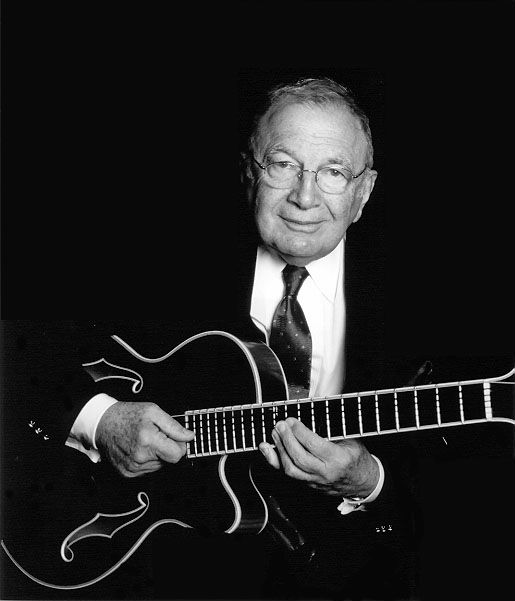
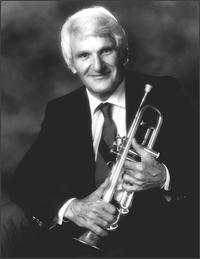
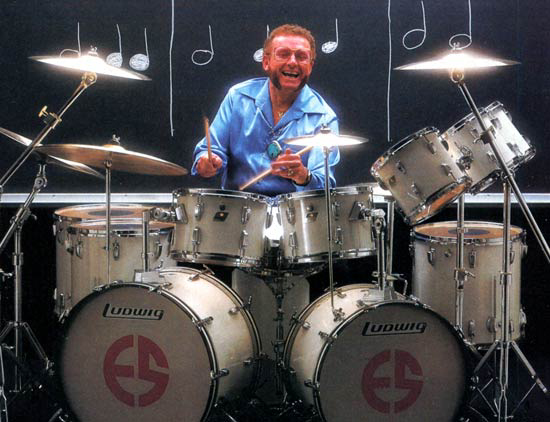
Bucky Pizzarelli, Conti Condoli and Ed Shaughnessy (with double BD's)
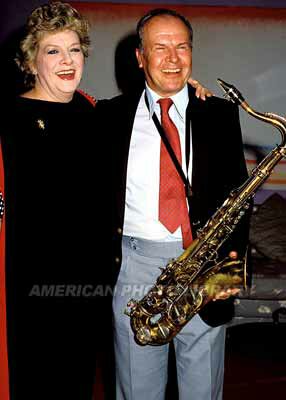
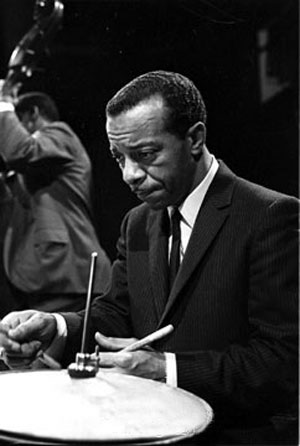
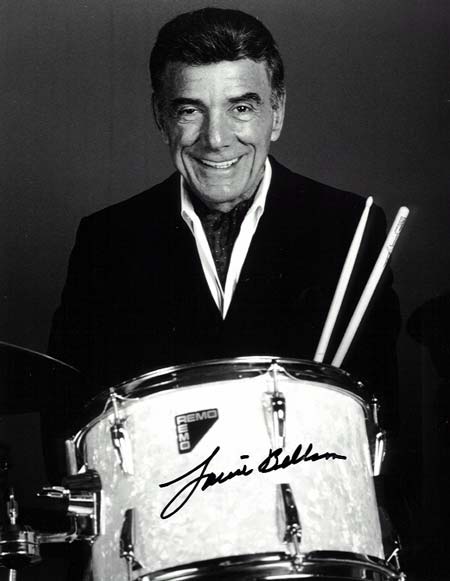
Rosemary Clooney and Tommy Newsome- Grady Tate, Louie Bellson
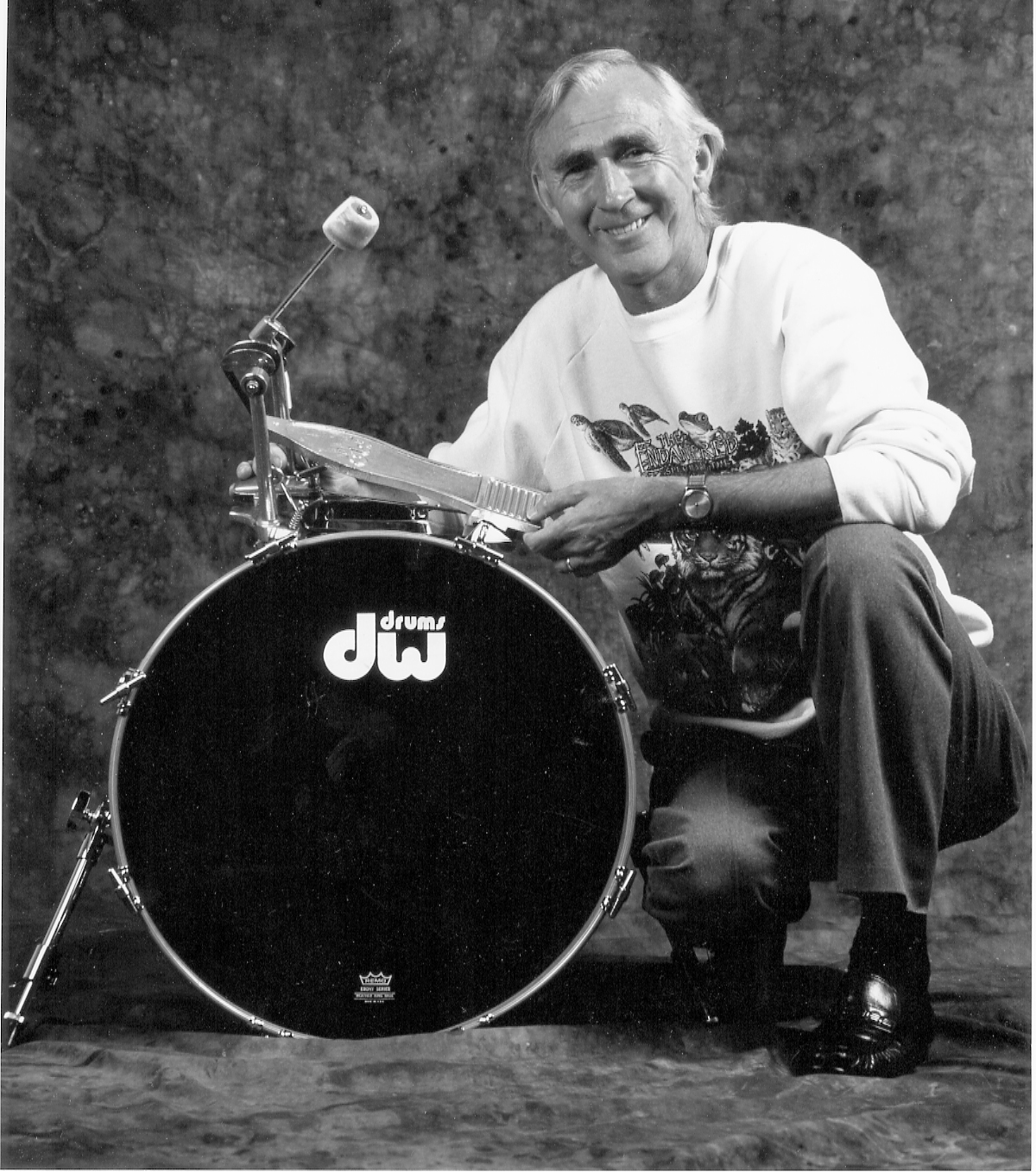
Colin Bailey
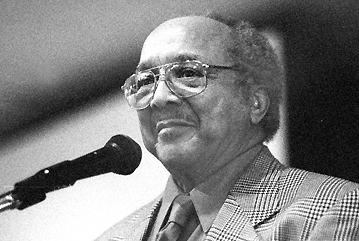

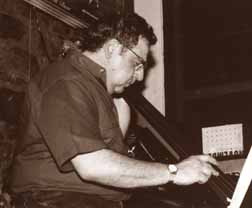
Snooky Young, Clark Terry and Joel DiBartolo
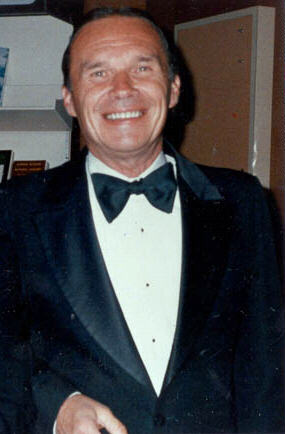
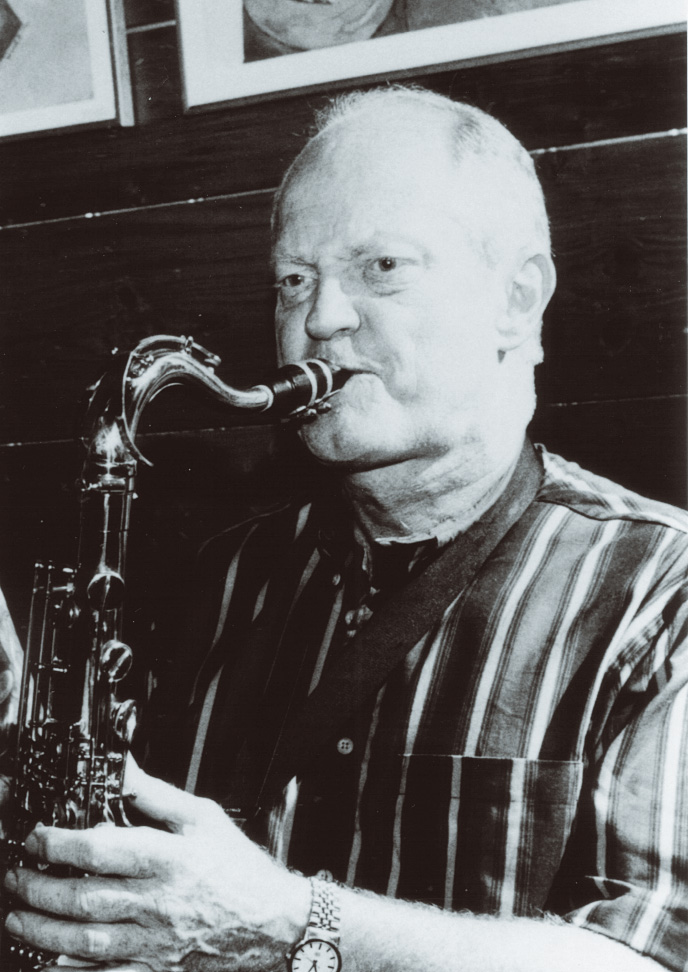
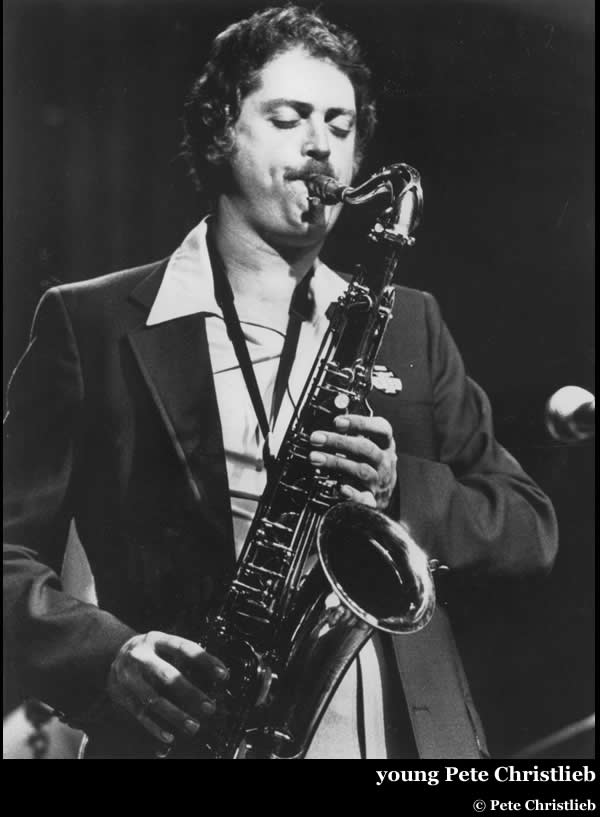
Ross Tompkins, Don "Red" Menza and Pete Christlieb
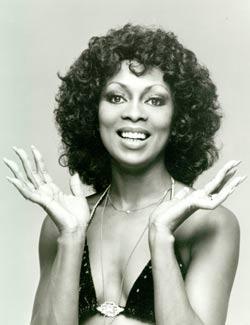
Lola Falana
(I remember her remarking during rehearsal that people were
always confusing her name as "Lala Palooza")
It was about 1:30 PM and Doc and the Band were rehearsing a number with a versatile singer-dancer named Lola Falana who was one of the evening's guests and a frequent visitor. I spotted Mr. Cohen in a Director's chair near the audience section closest to me and he motioned me over to a seat after introductions were affected. Always energetic and a very lithe dancer, Lola had no trouble with seasoned musicians who could easily interpret her charts. When rehearsal broke up, Shelly motioned me to come along with him as we met Doc at the Piano. More introductions and then we followed Doc back through that same curtained portal at Stage Right this time proceeding further East through a second door into a hallway that intersected a South bound corridor where a series of non-descript doors flanked each side. Passing by these doors I would notice small labels at eye-level centered with the portal reading the name of the current occupant (i.e. "Dom DeLuise") and emblazoned with a crescent moon logo on the right. I realized I was in a section resembling a dormitory of dressing rooms ending at the South of the hall in a short stairway which went up to the next level and after ascension, we proceeded back North to Doc's room on the East side toward the North End. After we were seated, a man came to Doc's door asking about the order of the numbers for the night's taping. Standing a little taller than six feet with a husky build, the form of Ed Shaughnessy filled the doorway entirely. At the Northernmost end of the dressing area was Doc's clothes closet spanning all 7 feet of room depth and crammed full of those well known "suits of lights" that were Doc's fashion statement. I sat on a small divan at the rear of Doc's makeup table and noticed a rather large record collection partially stacked at Doc's feet as well a other strategic room areas. I'm not sure to this day about everything I asked Doc but he told me the story about his youth in Oregon and how he went everywhere with his Father who was the town Physician referred to as "Big Doc" and therefore gleaned the tag of "Li'l Doc" which he employed a variation of as his trade moniker. I found out later that as a probing interviewer my research skills left a lot to be desired as he never revealed his real name of Carl. Even though he had to rest for the night's show starting barely in five hours if he was to get dinner, Doc answered everything patiently and I tried not to keep him too much past 15 minutes. I was in such a dither by that time I couldn't tell you exactly how much time had passed, but as I drove past the Studio on my way down Alameda to the freeway, I noticed a line had already started for the night's taping.
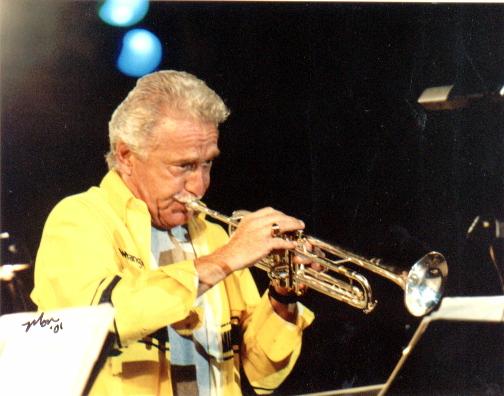
Doc
Surviving that ordeal egged me on more. About a month after that, Buddy's band was appearing at Disneyland on the Carnation Plaza Gardens. With cassette machine in hand, I sat in front of the bandstand on the dance floor through about four sets. Again, I don't think I could get away with bringing a tape machine to a concert these days. Buddy cooked like he always did and at the close of the evening, I was a little more bold in asking Buddy for the interview. People will tell you that Rich was conceited, a cold fish, and anti-social. If so, he never showed it to me. He very patiently put up with my banter and one slightly inane question I wish I hadn't asked: "Gee Buddy, D'ya think Big Bands are comin' back??" Considering the myriad of responses he was entitled to at this point, I later realized that I was lucky to have lived through it at all let alone have him continue the conversation, but he chose to answer very cogently that he really had nothing to do with nostalgia (which was painfully obvious) and that you can't bring anything back once it's gone. I recovered a little asking his opinion of the Rock and Roll of the day. The response was concise: "Some of it is good. Most of it is junk, but the people who can play it, play it very well."
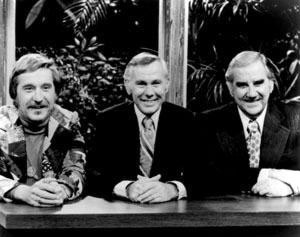
These key events in my life were all inspired by Johnny's visions and entertainment style which only he uniquely could bring off. It has not nor will it ever be realized in the same way during the remainder of my lifetime and although I may not have gotten quite to where I wanted to be in this career, I could not have done these last 30 years without him. When Buddy passed on a few years back, I pulled out the cassette that had Doc's Interview on one side and Buddy's on the other. I never made copies and in a letter of condolence to Johnny, put the tape into the envelope without remorse and sent it to him. I wouldn't even have had it if not for him and I wish God's great blessing for him in this time of celebration.